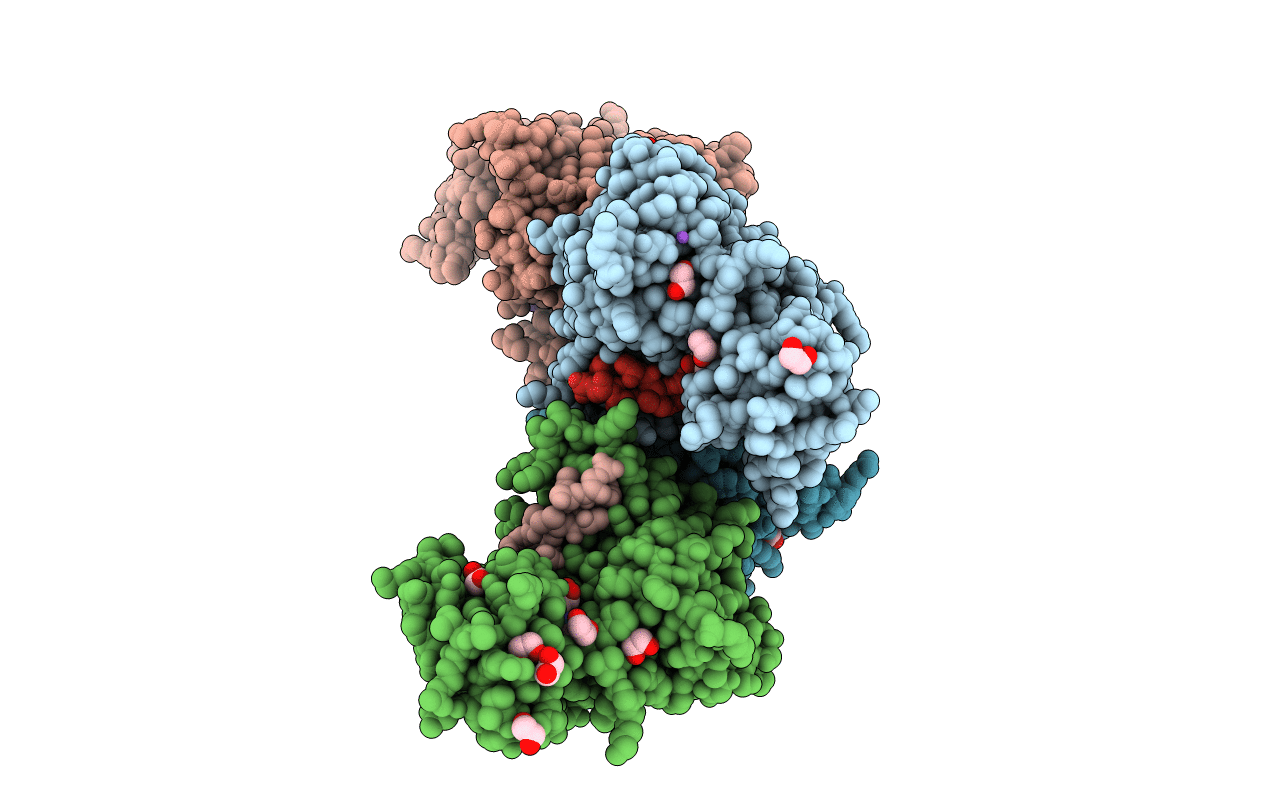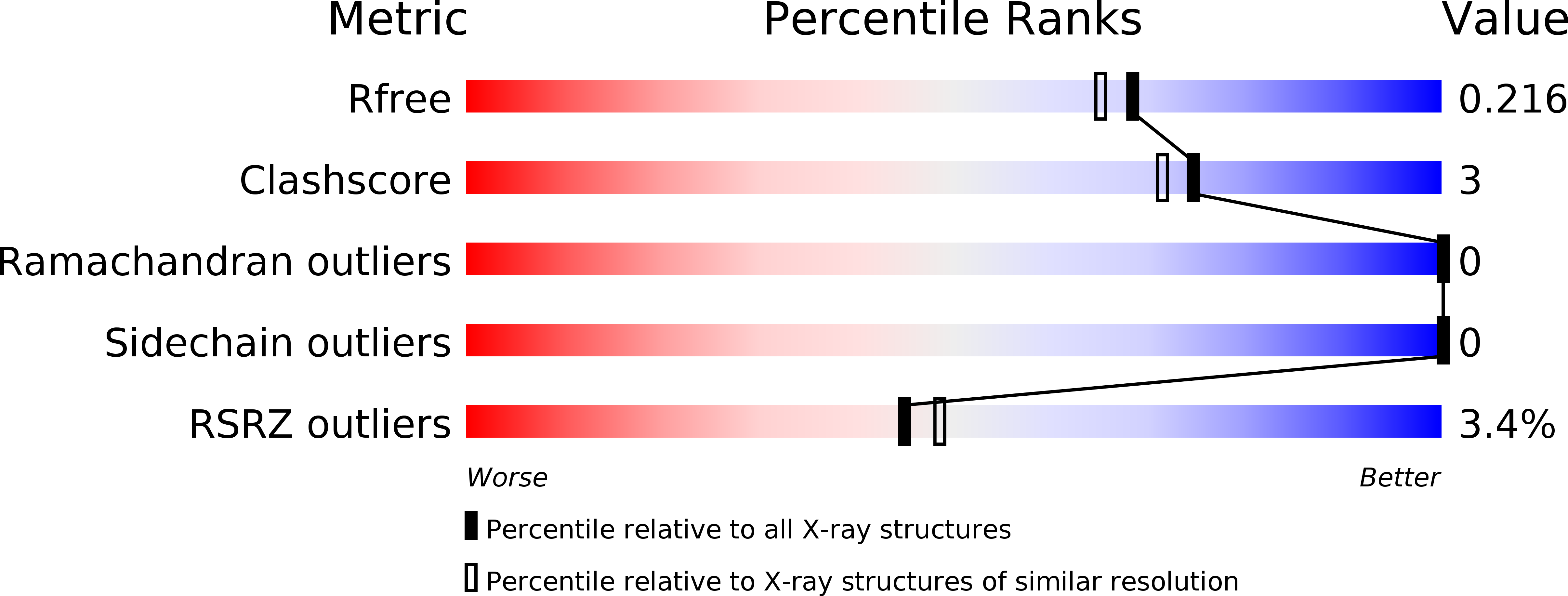
Deposition Date
2019-05-27
Release Date
2020-05-13
Last Version Date
2024-10-23
Entry Detail
PDB ID:
6RU8
Keywords:
Title:
Crystal structure of Casein Kinase I delta (CK1d) in complex with triple phosphorylated p63 PAD3P peptide
Biological Source:
Source Organism:
Homo sapiens (Taxon ID: 9606)
Host Organism:
Method Details:
Experimental Method:
Resolution:
1.92 Å
R-Value Free:
0.21
R-Value Work:
0.17
R-Value Observed:
0.17
Space Group:
P 1


